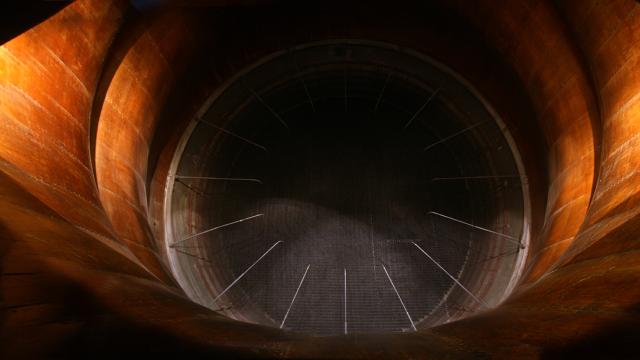Wind tunnels are amazing. These massive structures made remarkable contributions to science and engineering, and from a photographer’s perspective they are simply gorgeous, dramatic spaces. A few days ago, I was lucky to explore this vintage Hungarian wind tunnel — an outstanding example of an early aerodynamic testing facility that remains active today.
Named after the great Hungarian aerospace scientist, the Von Kármán Wind Tunnel at the Laboratory of the Department of Fluid Mechanics at the Budapest University of Technology and Economics currently owns four low-speed wind tunnels of several types and different flow parameters. Scientists carry out wind tunnel measurements in both public and commercial projects here, and investigate a wide range of problems in low-speed aerodynamics.
Let me show you three of the tunnels located in the lab building.
Large Horizontal Wind Tunnel
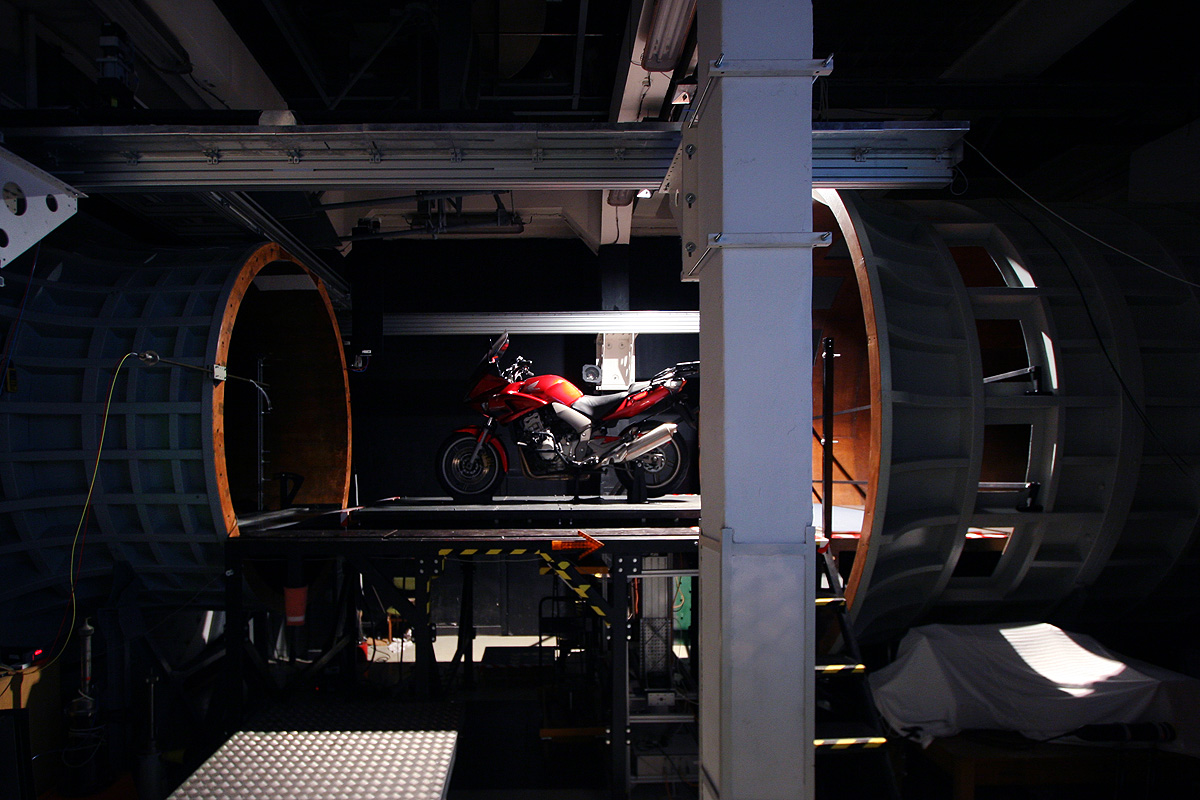
This wind tunnel was built in the “Göttingen” style, so it has a circular profile — this one has an open test section, and was built in 1934, according to the plans of German Aeronautics Centre (Deutsche Versuchsanstalt für Luftfahrt, DVL).
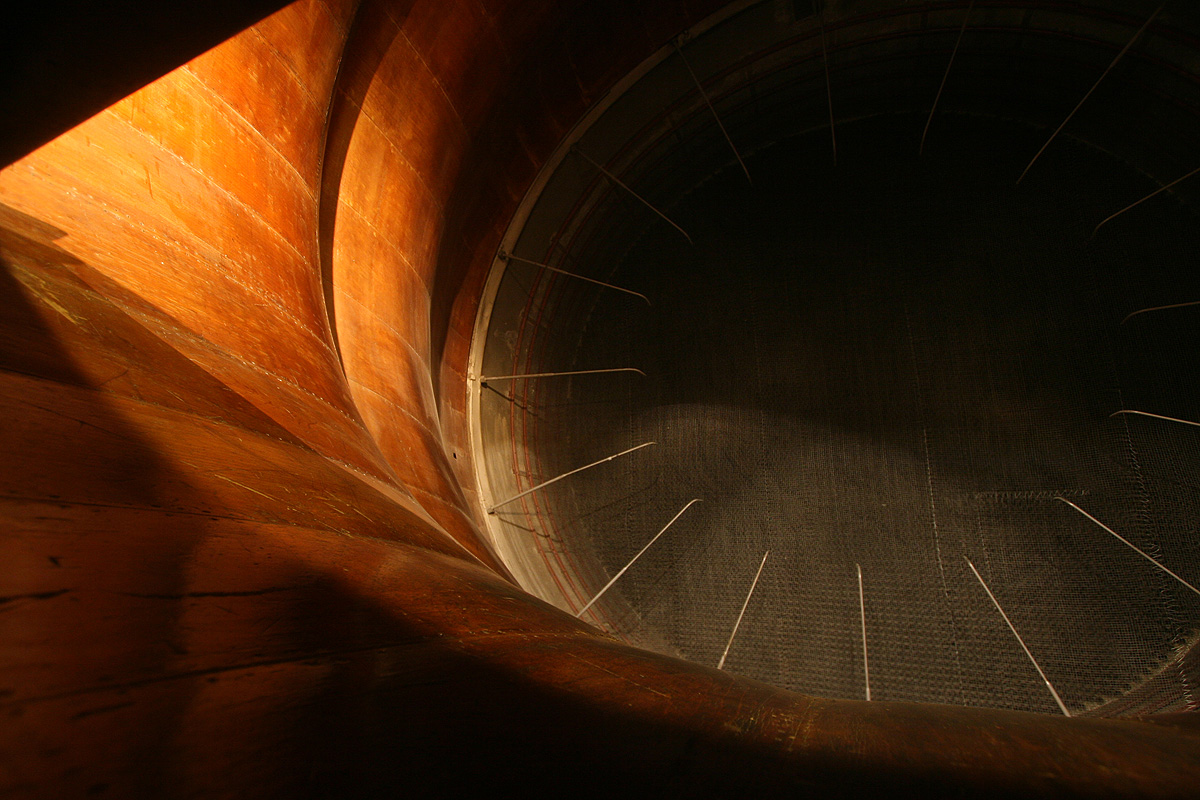
It is a circular wind tunnel with a diameter of 2.6m in cross section.
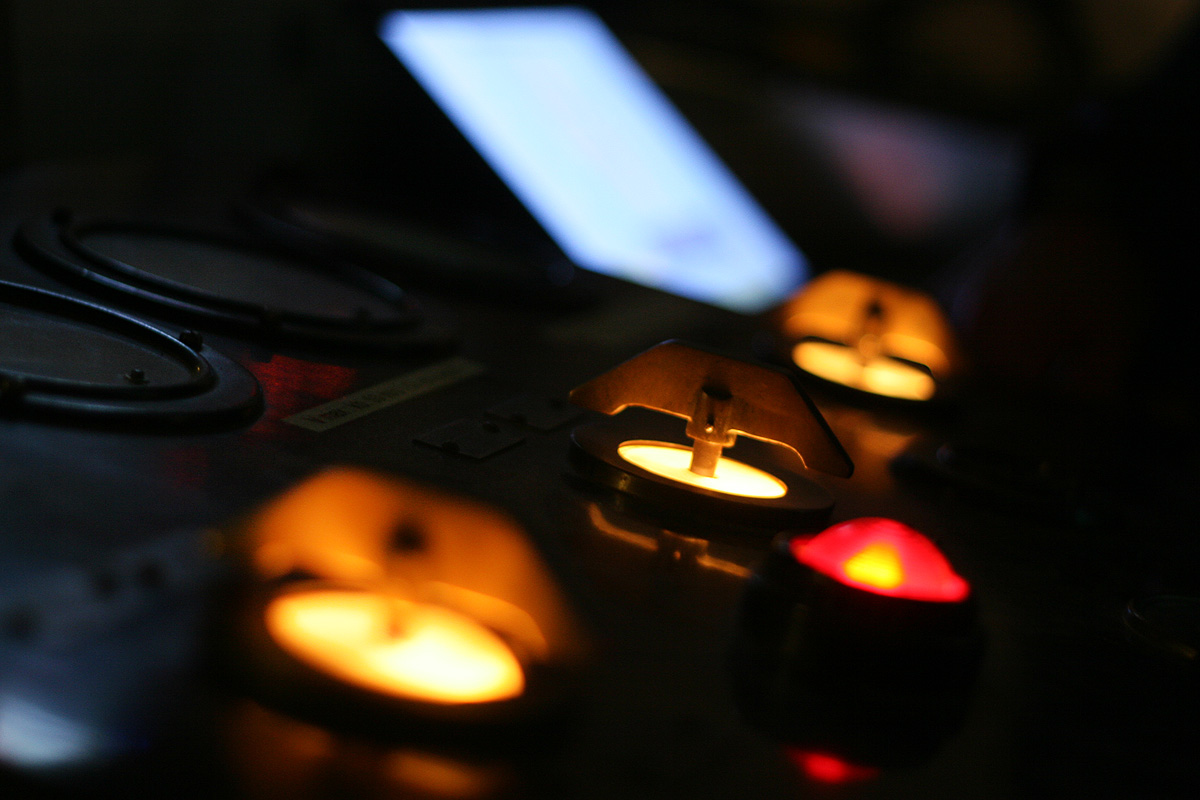
The control board still has the original knobs, lamps and gauges.

A flat sheet and a revolving table are built in the test section so as to make it possible to investigate atmospheric and building flow — or pollutant transport.
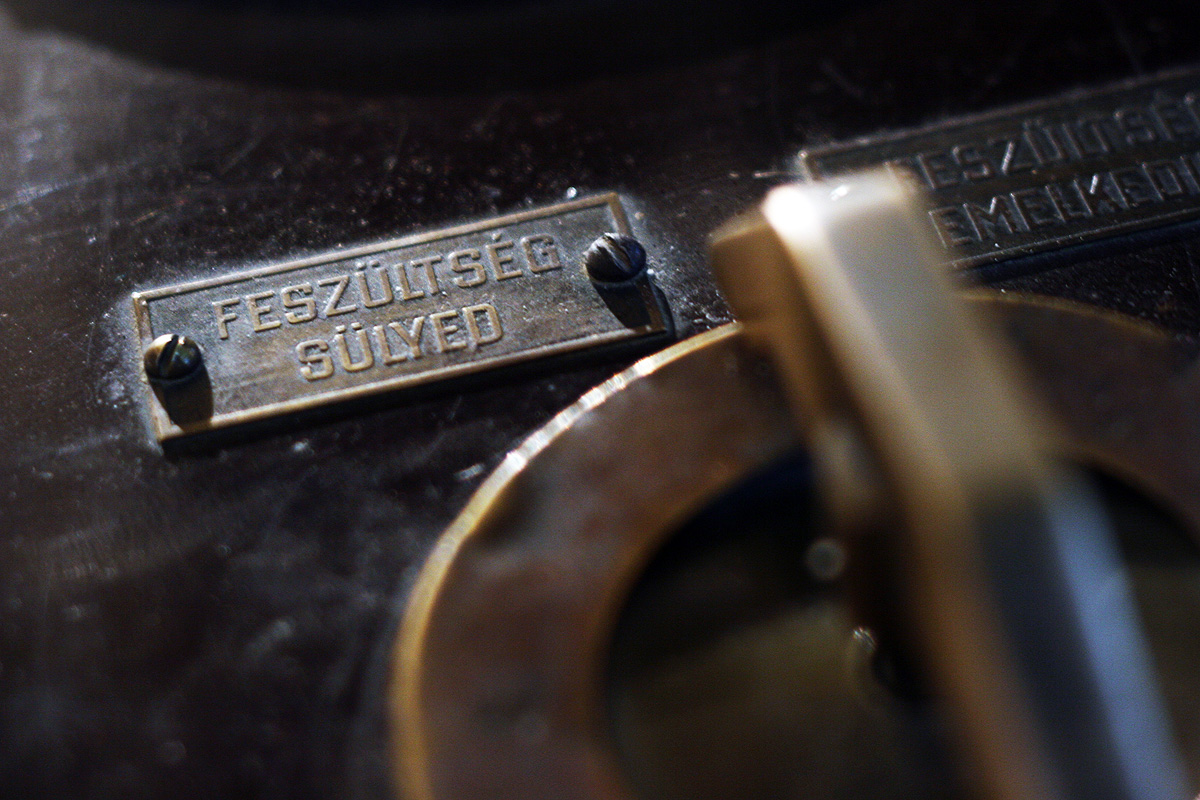
It’s powered by a 650kW engine.
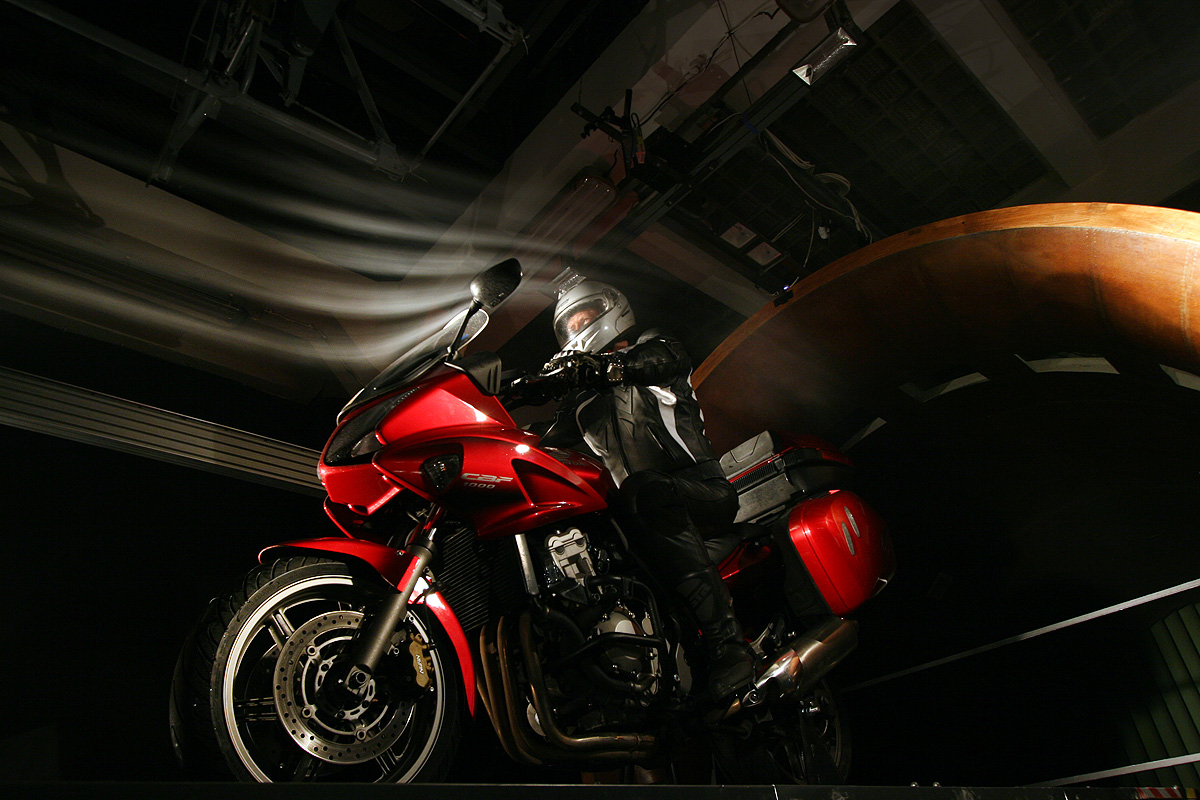
The maximum wind velocity is 220km/h.
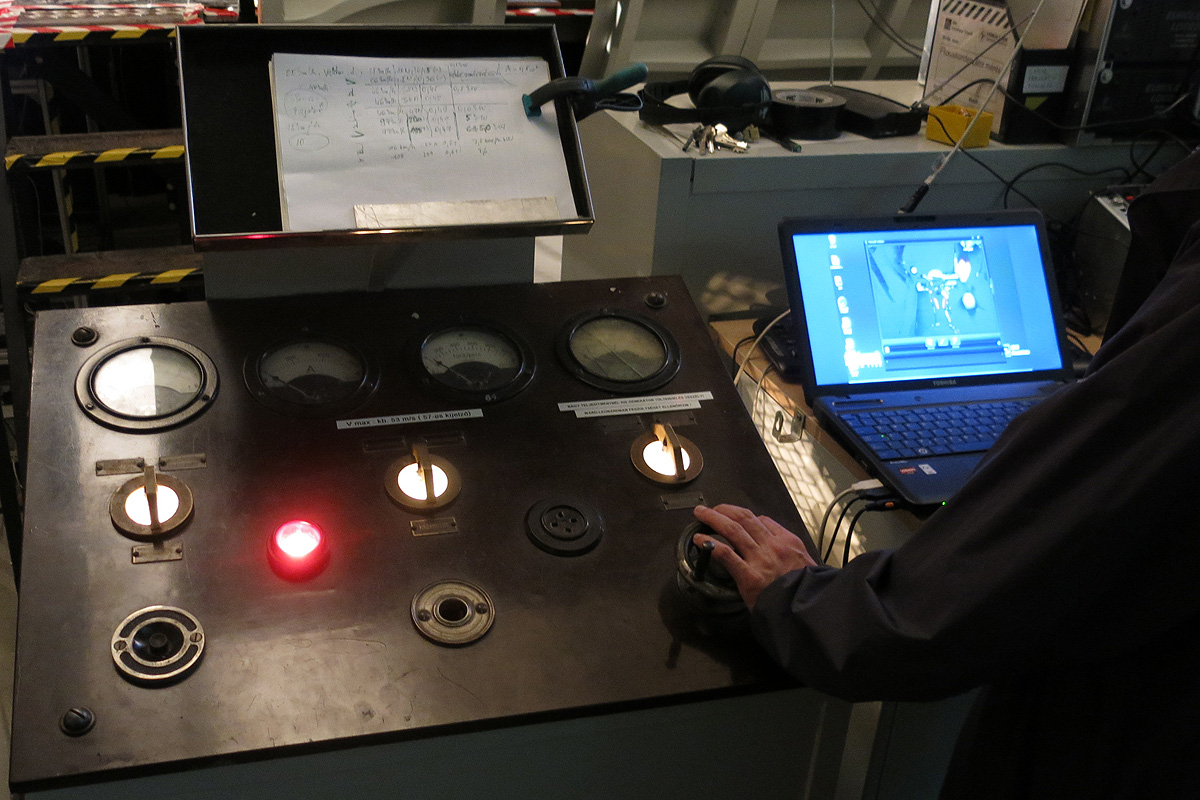
This is a piece of engineering history.

Here’s a demonstration of high speed air flow.
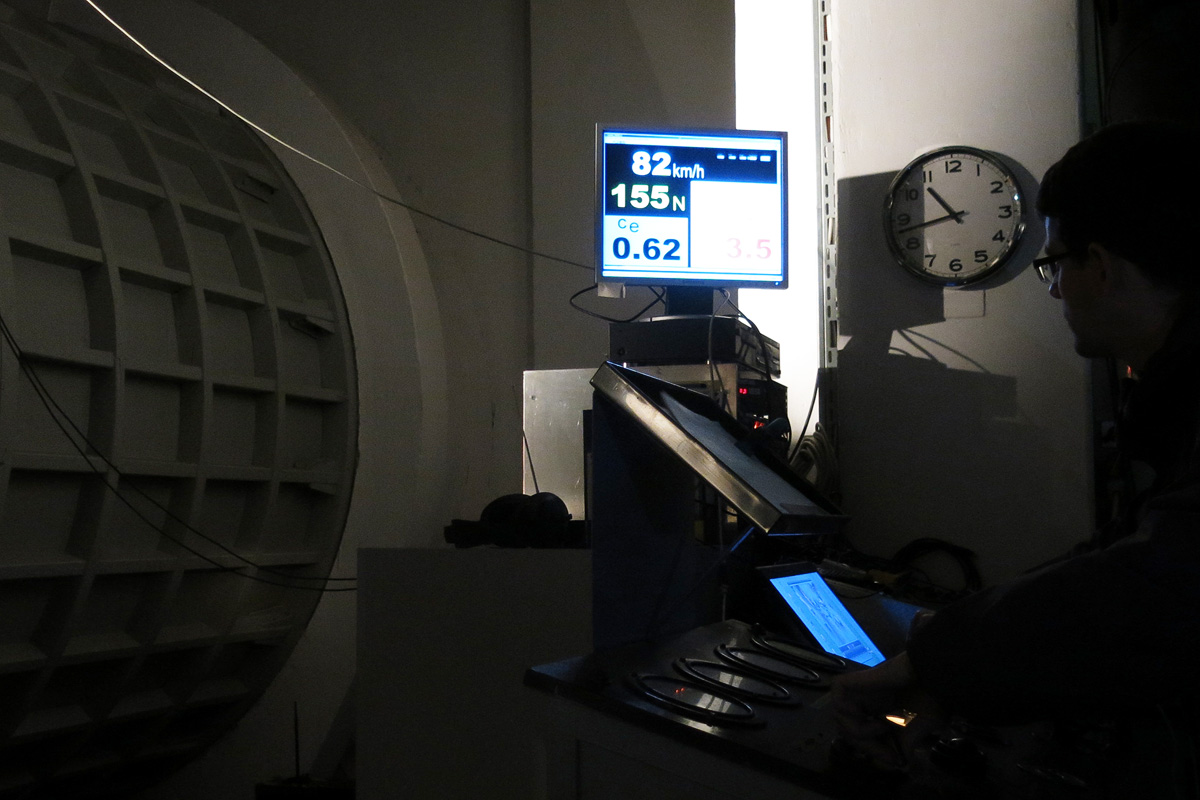
Above the test section there is an aerodynamic balance, which can measure the six difference force and momentum components that effect the models placed in test section.
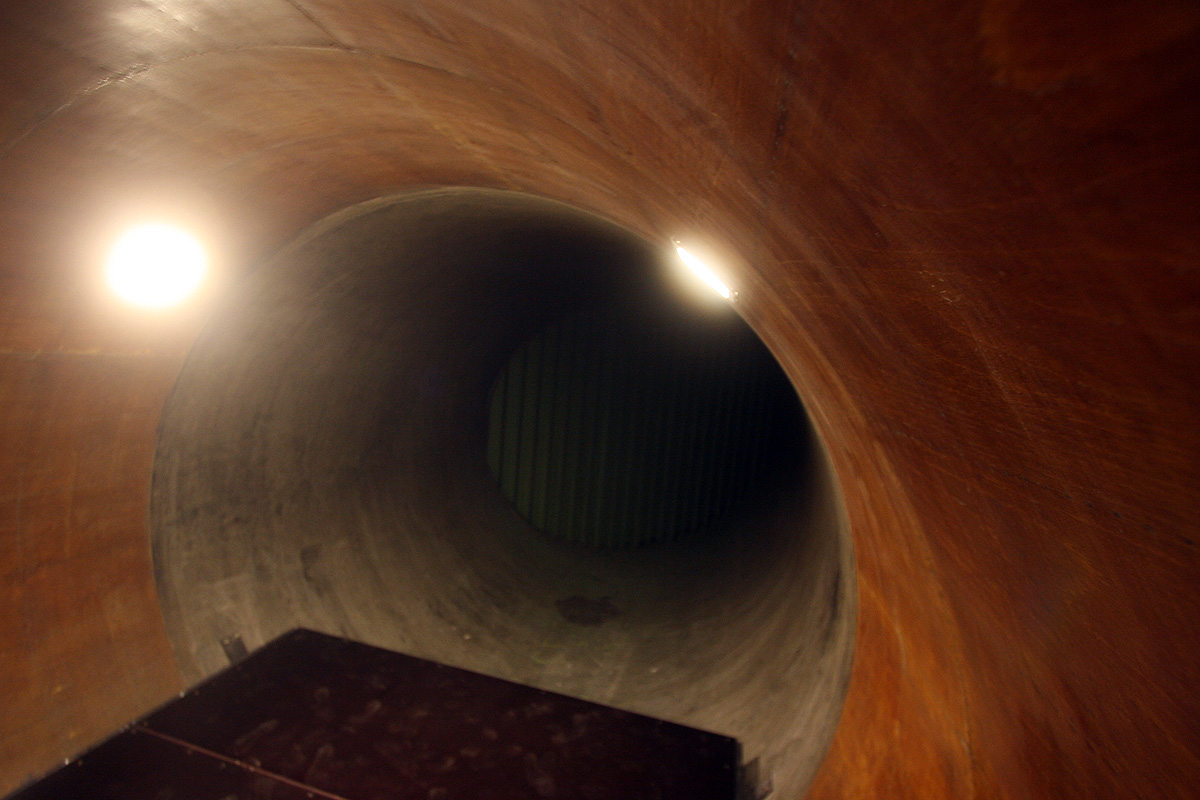
The wooden inner cover of the aft section.
Vertical Wind Tunnel
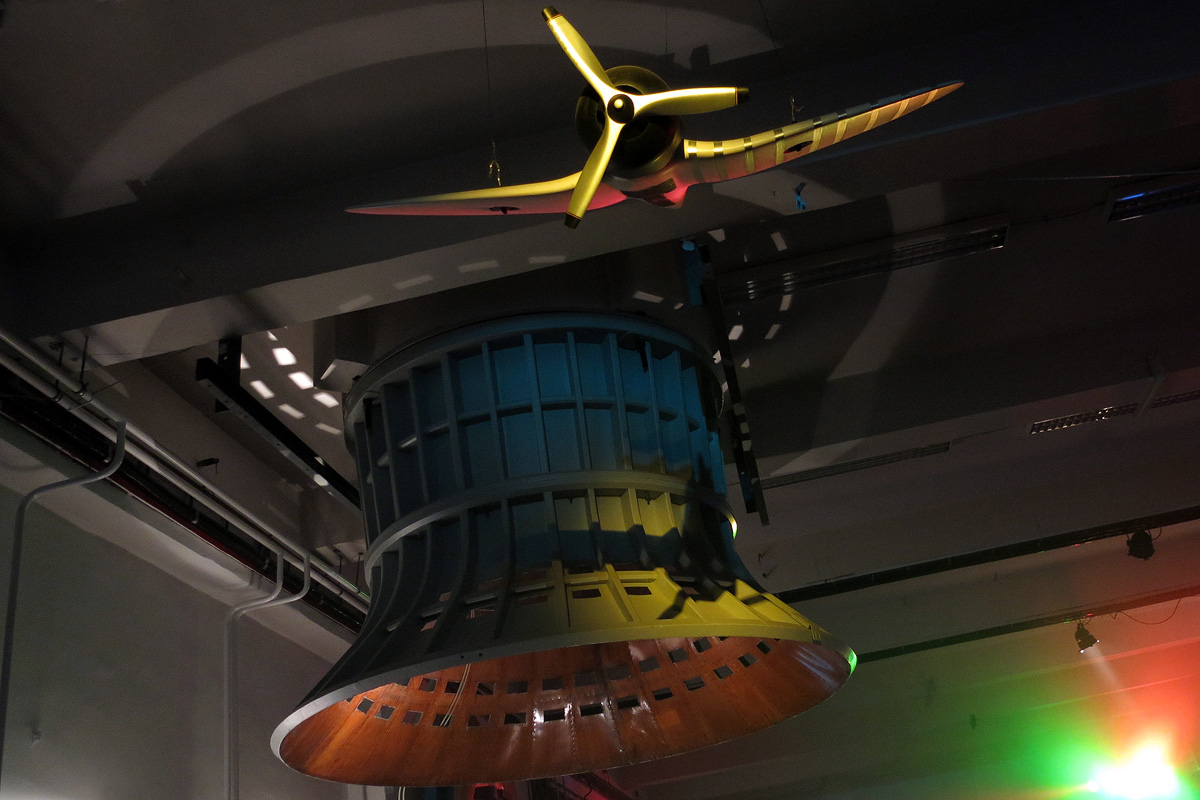
The vertical wind tunnel was built at the same time as the horizontal, and is also a Göttingen-type test tunnel.

Its maximum velocity is 125km/h.
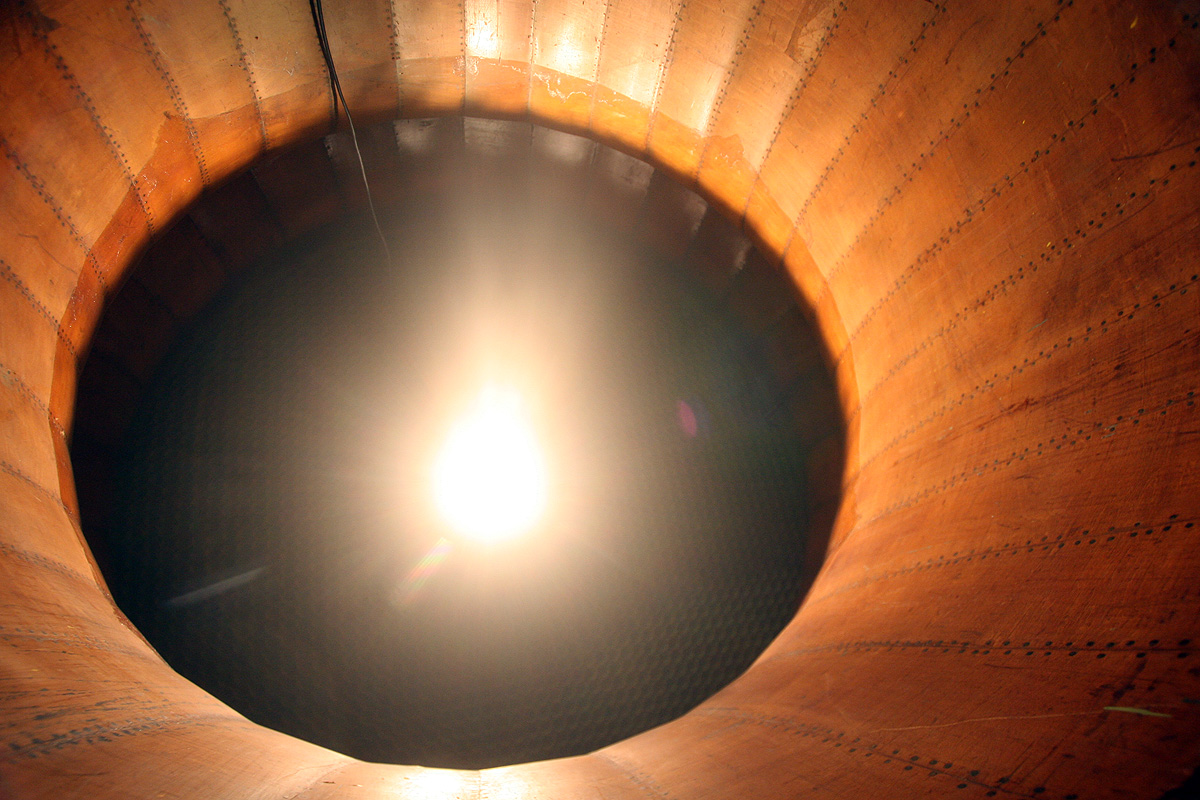
Boundary Layer Wind Tunnnel
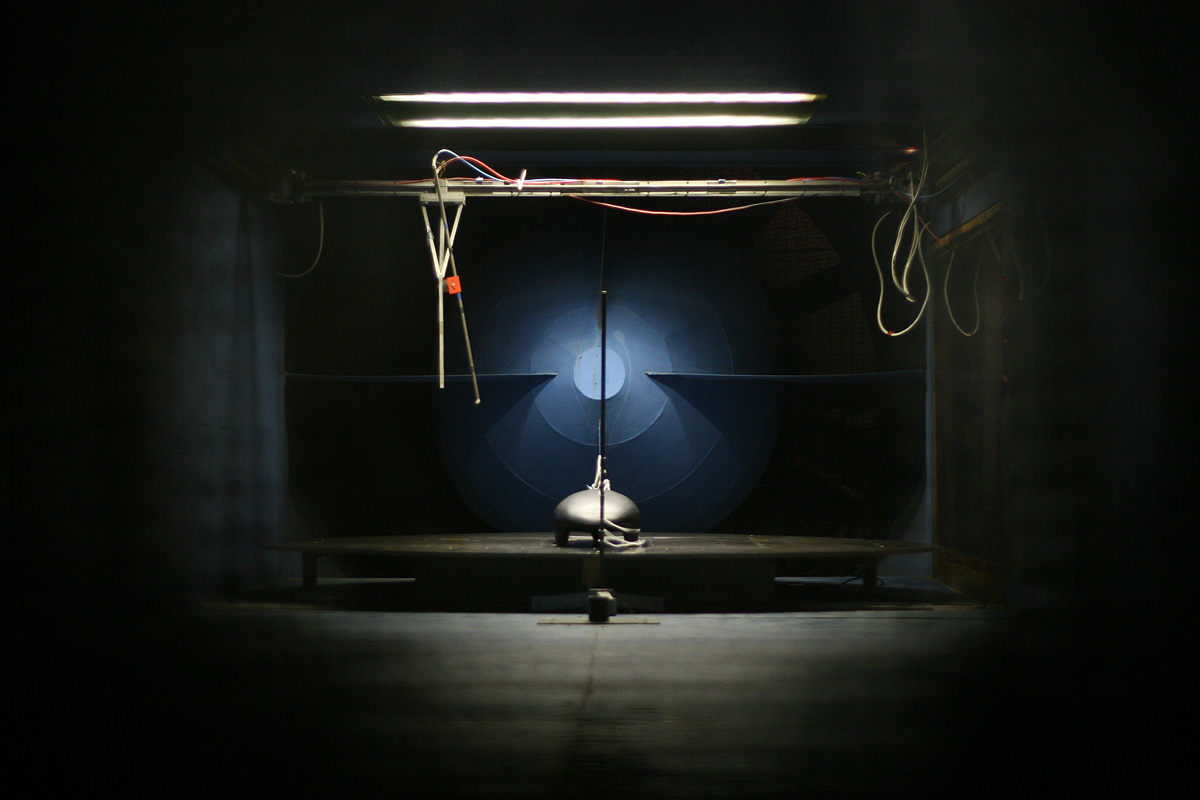
This wind tunnel, which is capable of boundary layer modelling, was designed and built in the 1970s.
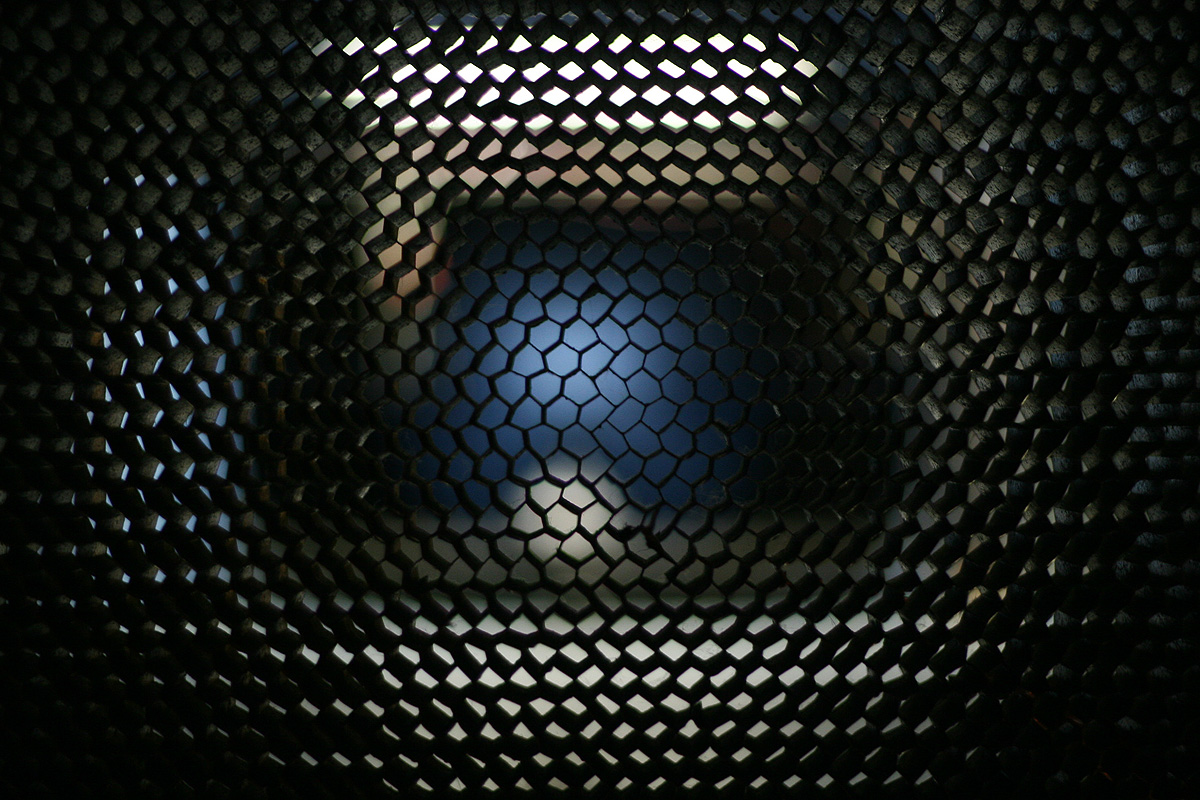
The low-scale model of the investigated area or building can be fixed to a 1.8m diameter revolving table in the test section.
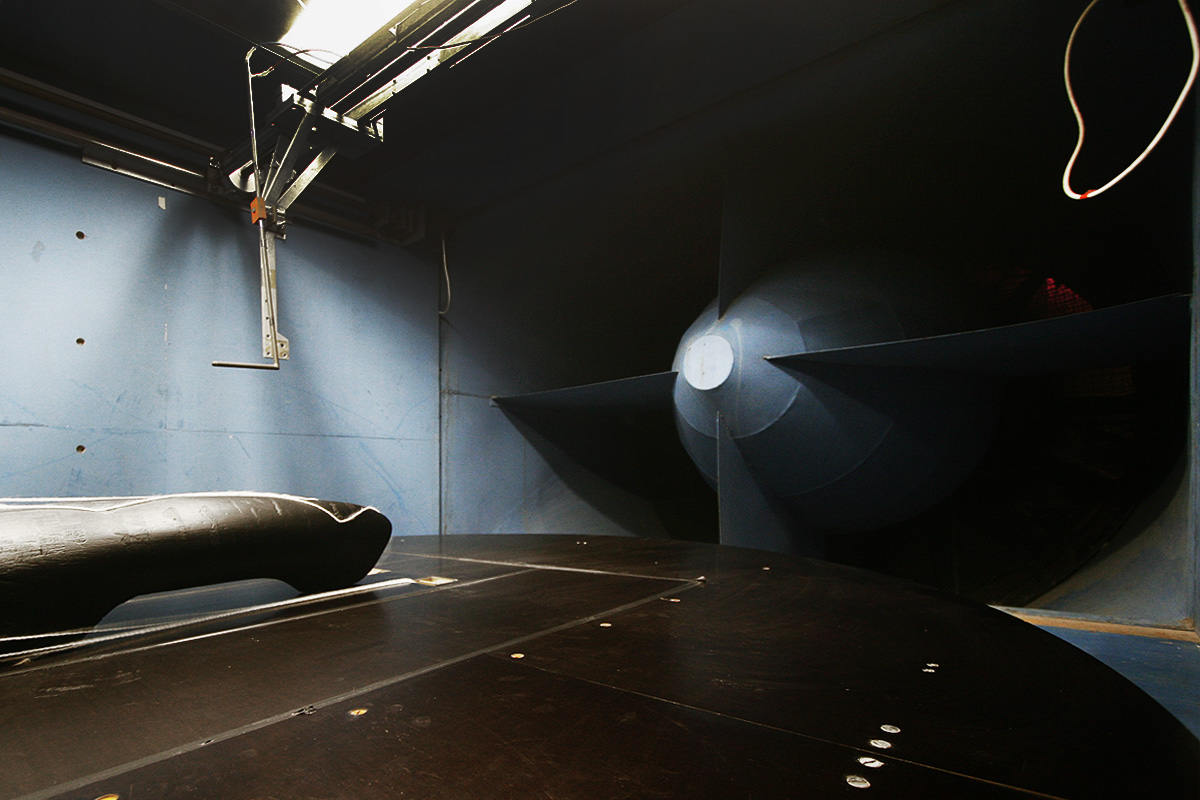
Engine room

These are beautiful Ganz power generators from the 1930s.
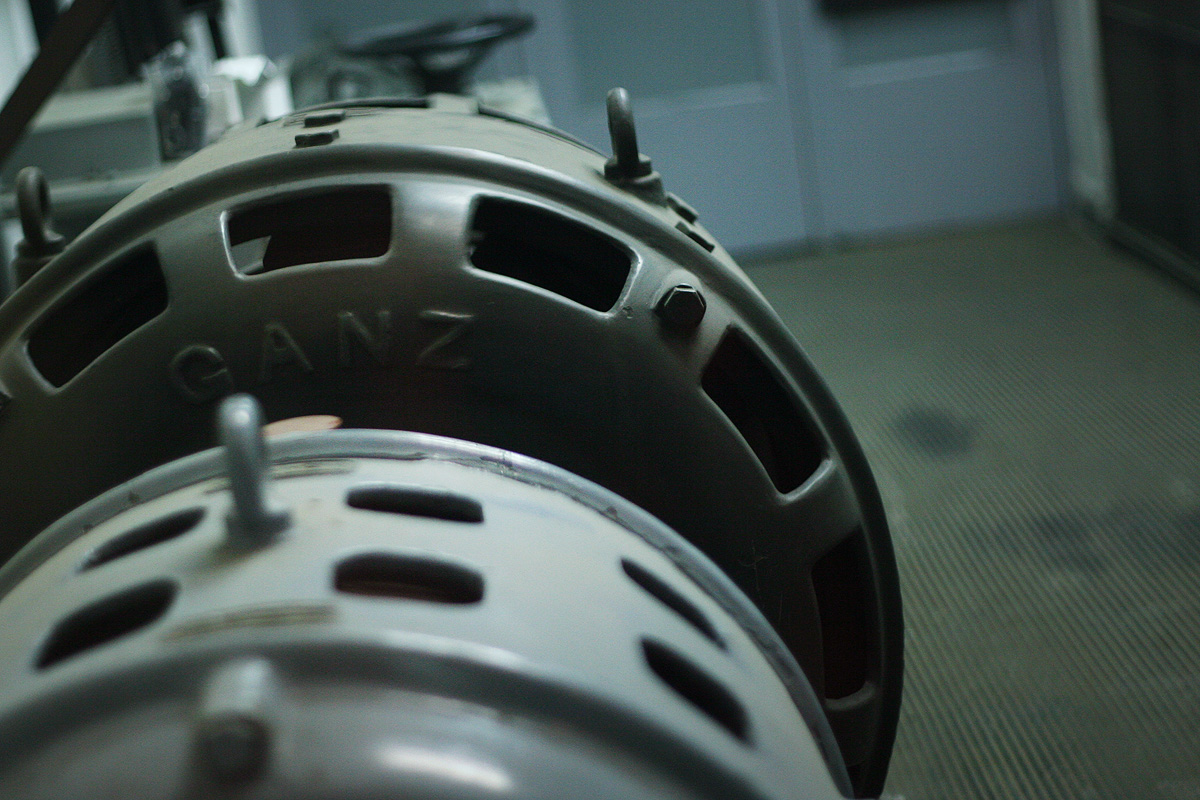
Bonus photos from the archives of the lab
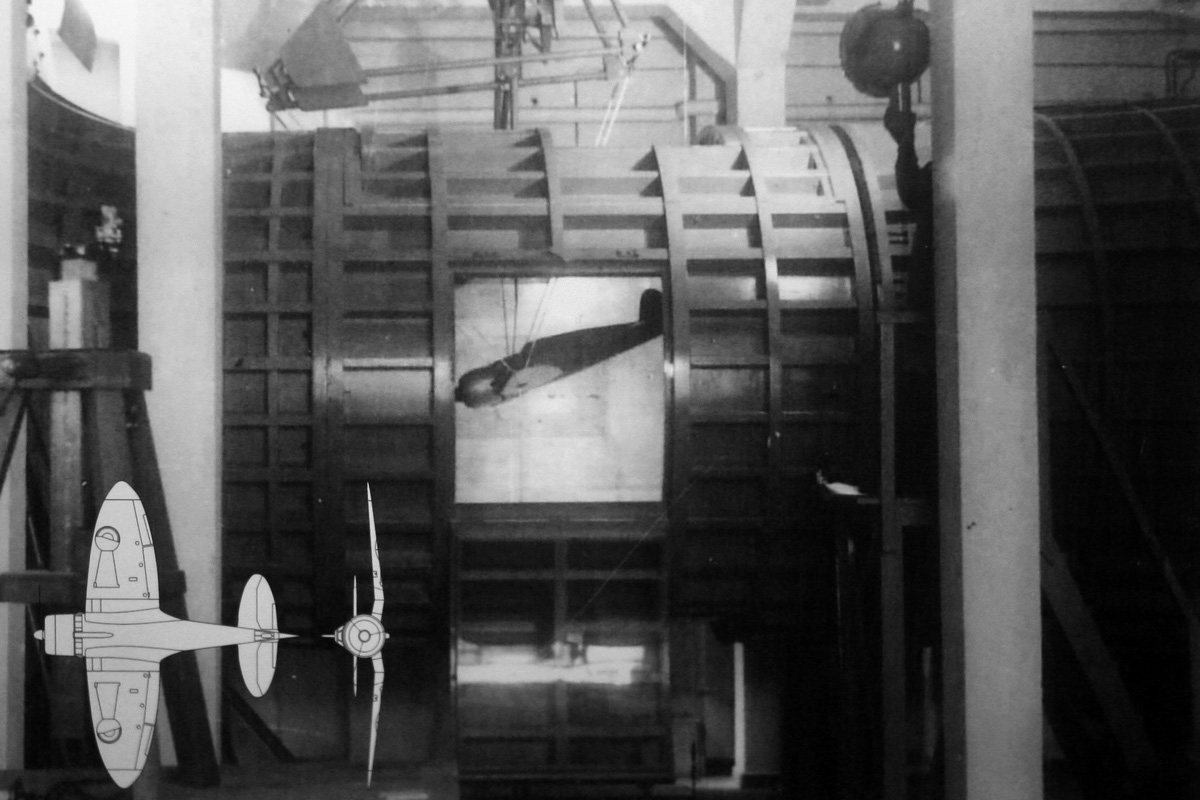
Testing of the WM-23 “Silver Arrow” fighter aircraft.
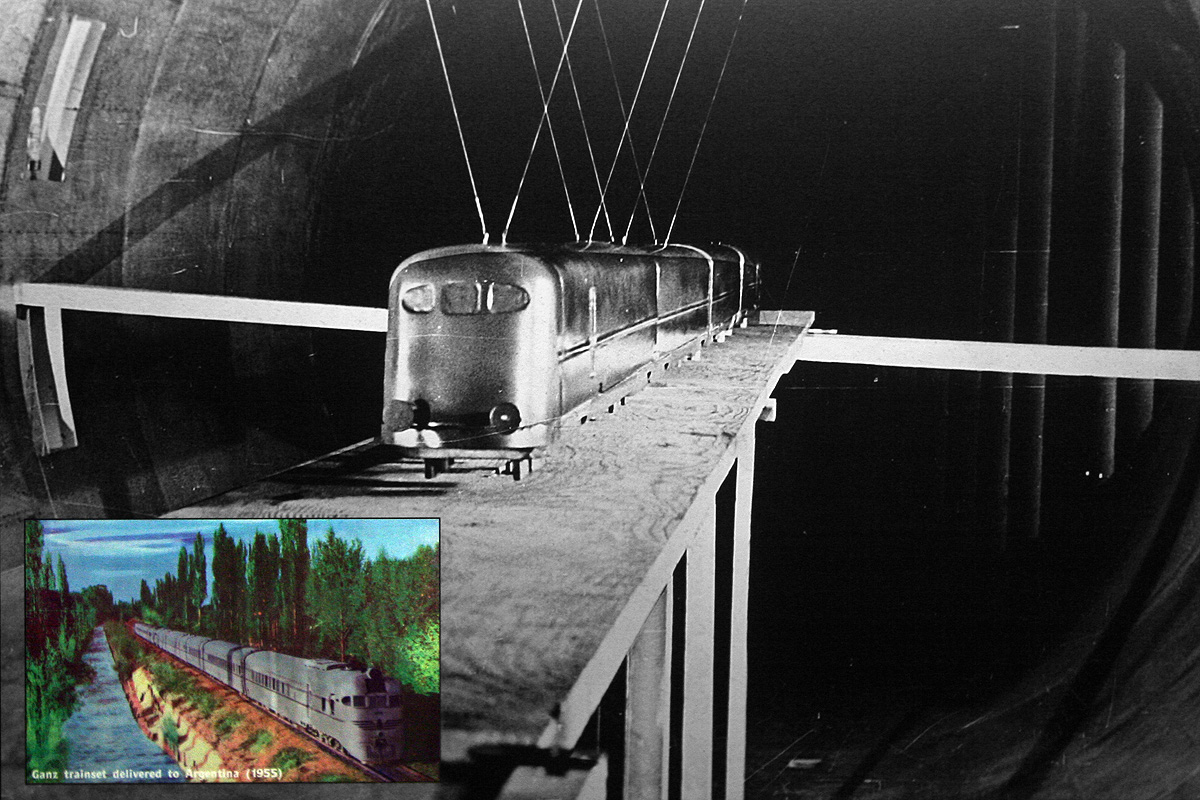
And here’s a model of the Ganz “Hargita”, a diesel train set with a maximum speed of 120km/h.
Pictures: Attila Nagy/Gizmodo
